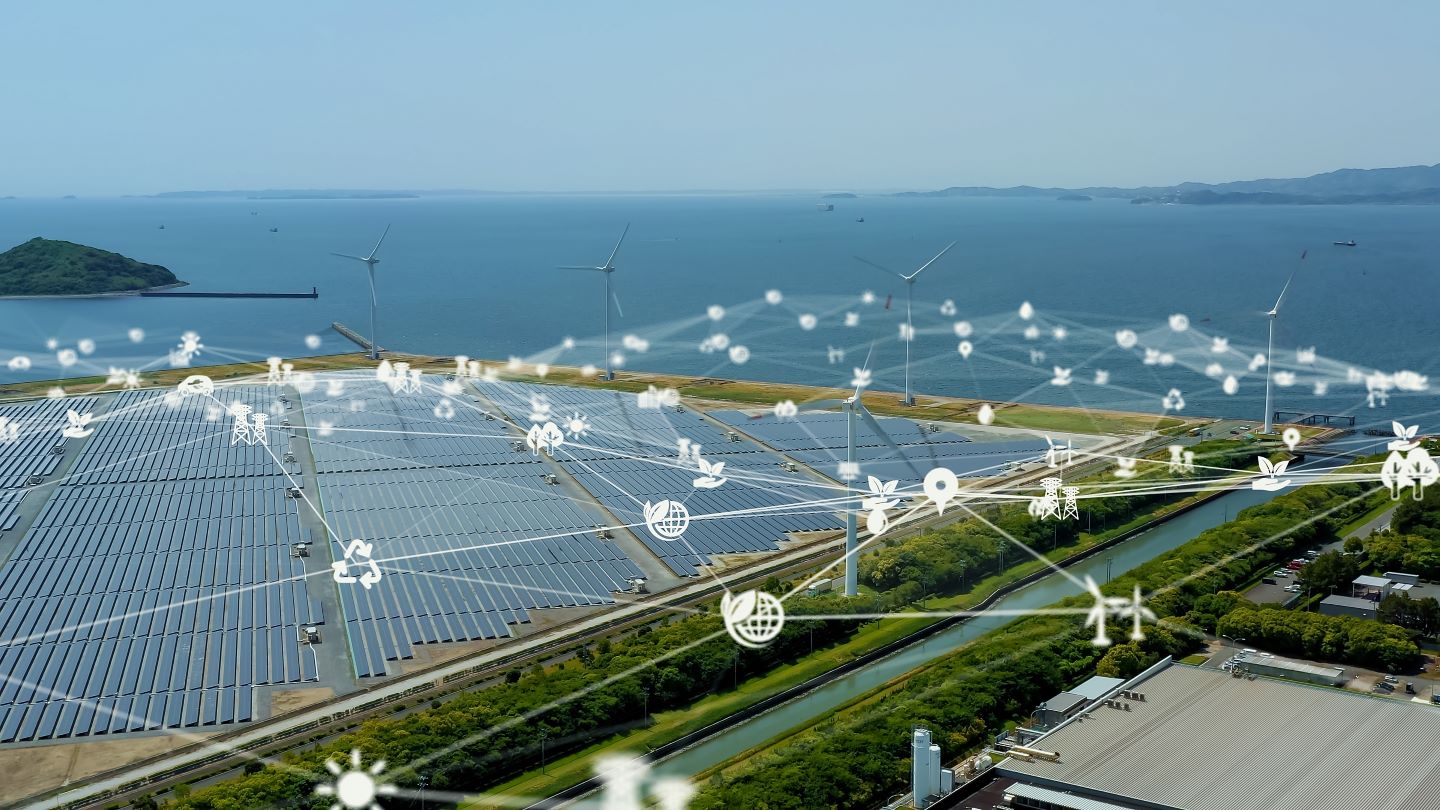The energy transition requires a major shift in the power industry, including reducing fossil fuels in favour of cleaner energy, upscaling renewables, and modernising grids. Technological developments and government policies—through regulatory frameworks and financial incentives—are driving this transition. Amid declining renewable project costs, power companies globally are investing significantly to accelerate the transition to cleaner energy.
The Internet of Things (IoT), which describes the use of connected sensors and actuators to control and monitor the environment, the things that move within it, and the people that act within it, will be key to tackling the energy transition challenge across the power industry.
Integrating intermittent renewables into existing grids
The IoT plays a crucial role in integrating intermittent renewable sources such as solar and wind into existing grids at scale. IoT devices can provide real-time, granular data on renewable generation and environmental conditions. IoT-based automated demand response systems enable dynamic adjustments to energy consumption based on these factors, enhancing grid stability while minimising reliance on backup fossil fuel sources. AI forecasting models can also process live and historical data collected by IoT sensors to improve the accuracy of renewable generation predictions, enabling grid operators to optimise dispatch and manage reserves more effectively.
The IoT will be vital for integrating distributed energy resources (DERs) such as rooftop solar panels, home batteries, and EVs into existing grids, transforming them into highly decentralised, two-way networks. IoT sensors embedded throughout distribution networks can provide visibility into real-time energy flows to and from these resources, enabling localised balancing of supply and demand as renewable penetration increases. The IoT will facilitate vehicle-to-grid (V2G) services as EVs evolve into mobile energy storage units, managing bidirectional energy flows and optimising charging schedules.
Maintaining renewable assets at speed and scale
Maintaining renewable assets is typically more difficult and resource-intensive than centralised thermal power plants due to their dispersed nature, broad geographical reach, large structural components (in the case of wind turbines), and potentially harsh environments. IoT-based predictive maintenance systems enable continuous remote operational monitoring of renewable assets dispersed over large areas, helping identify issues before they escalate into costly failures.
IoT-enabled drones and robots can perform routine O&M of renewable assets at speed and scale, which may otherwise prove financially or logistically expensive with traditional methods. Data from IoT-enabled drones and robots can also help create digital twins of physical infrastructure, supporting the broader digitalisation of power systems. These virtual replicas enhance scenario planning, maintenance scheduling, and investment strategies, helping make the energy transition more cost-effective and reliable.

US Tariffs are shifting - will you react or anticipate?
Don’t let policy changes catch you off guard. Stay proactive with real-time data and expert analysis.
By GlobalData



